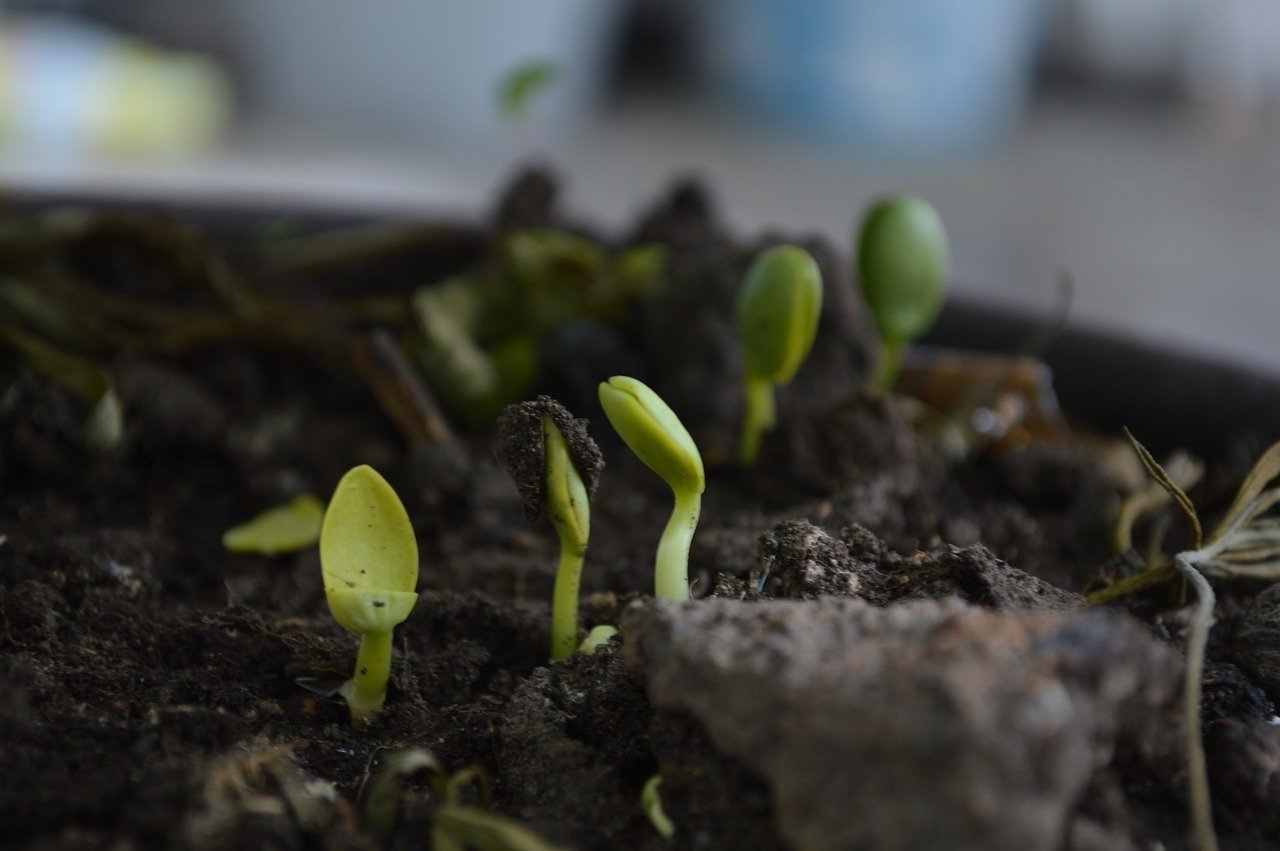Physical Address
304 North Cardinal St.
Dorchester Center, MA 02124
Physical Address
304 North Cardinal St.
Dorchester Center, MA 02124


Have you ever thought about starting your own compost but felt limited by your living space? Whether you live in a high-rise apartment or a small studio, composting is an excellent way to reduce food waste and embrace an eco-friendly lifestyle. Let’s dive into how you can turn kitchen scraps into nutrient-rich compost—even without a backyard!
Every year, millions of tons of food waste end up in landfills, where it releases harmful methane gas, a major contributor to climate change. By composting at home, you not only reduce your personal carbon footprint but also create a valuable resource for plants. Even if you don’t have a garden, your compost can be used for indoor plants, shared with local community gardens, or donated to neighbors.
Composting is the process of breaking down organic waste into nutrient-rich soil-like material. It requires a balance of “greens” (like fruit and vegetable scraps) and “browns” (like paper, cardboard, or dried leaves). To compost successfully, you’ll also need airflow and moisture, which help microorganisms do their work.
Bokashi composting is a fantastic option for small spaces. This method ferments food scraps using a special bran, creating a pre-compost that breaks down quickly when added to soil. It’s odor-free, compact, and can handle all types of food waste, including meat and dairy.
To get started, you’ll need a Bokashi bucket and the fermentation bran. Add your food scraps, sprinkle the bran, and seal the bucket tightly. Within a few weeks, you’ll have nutrient-rich material ready to mix with soil. For more details, check out this guide from the EPA.
Vermicomposting uses worms to break down food waste into high-quality compost. It’s a great choice for indoor composting because it’s efficient and doesn’t take up much space. Worm bins are easy to set up using a plastic container with ventilation holes. Red wiggler worms are ideal for this method, and they thrive on fruit peels, coffee grounds, and vegetable scraps.
To maintain your worm bin, ensure it stays moist but not wet, and avoid adding items like citrus or spicy foods that can harm the worms. Learn more about worm composting through this helpful resource on worm bins.
If you’re looking for a low-maintenance option, electric composters might be the way to go. These appliances process food waste into compost in just a few hours, making them perfect for urban living. They’re compact, odor-free, and easy to use. Keep in mind, however, that they require electricity, so consider this method if you’re okay with a small energy trade-off for convenience.
Transform your kitchen waste into nutrient-rich compost effortlessly with the XHV 4L Electric Kitchen Composter, featuring a user-friendly LED display and efficient odor control.
Sofia, a city dweller in Tokyo, started with a small worm bin under her kitchen sink. Within six months, she transformed her food waste into enough compost to nourish her balcony herb garden. She shared, “It’s amazing to see how little trash I produce now. Plus, my basil has never been healthier!”
In Berlin, Carlos used Bokashi composting to reduce waste in his apartment. He gifted his nutrient-rich pre-compost to a local urban garden, building a stronger connection with his community.
What are your thoughts on apartment composting? Have you tried it before, or are you ready to start your composting journey today? At EcoTipsEveryday.com, we believe that small changes can lead to big impacts. Composting, even in a tiny apartment, is a powerful step toward a zero-waste lifestyle. Let’s work together to make sustainable living accessible for everyone, one kitchen scrap at a time.